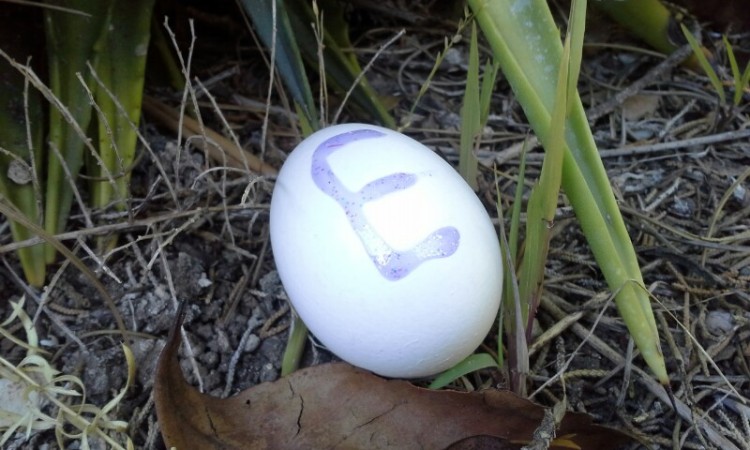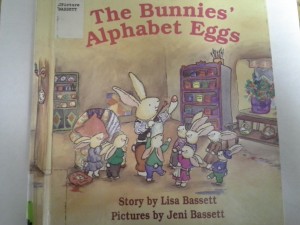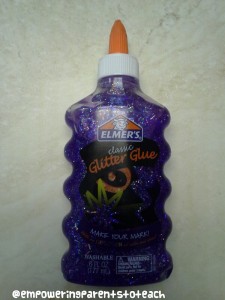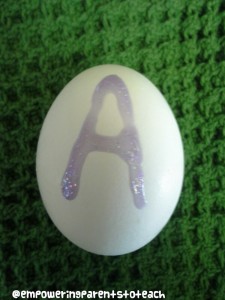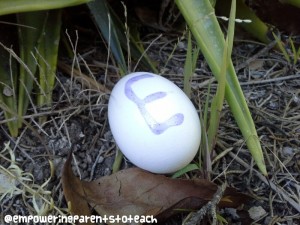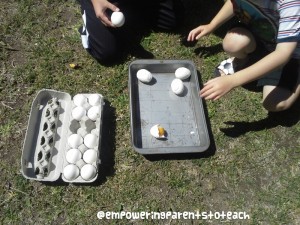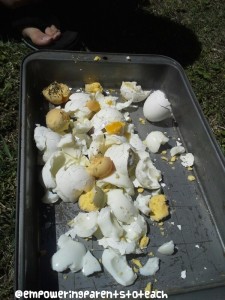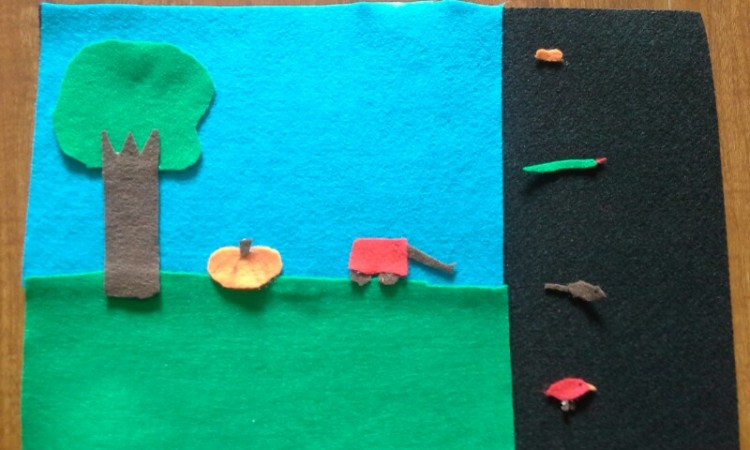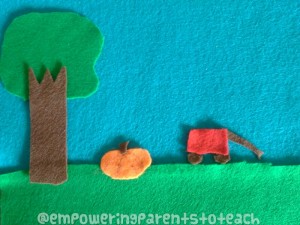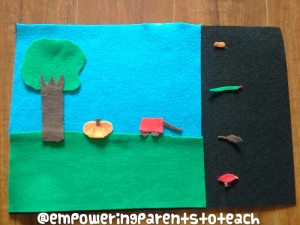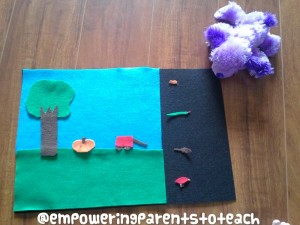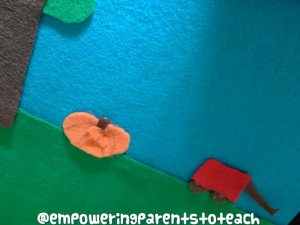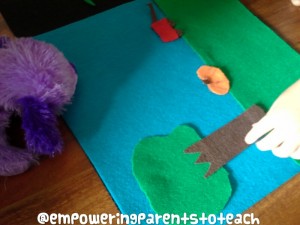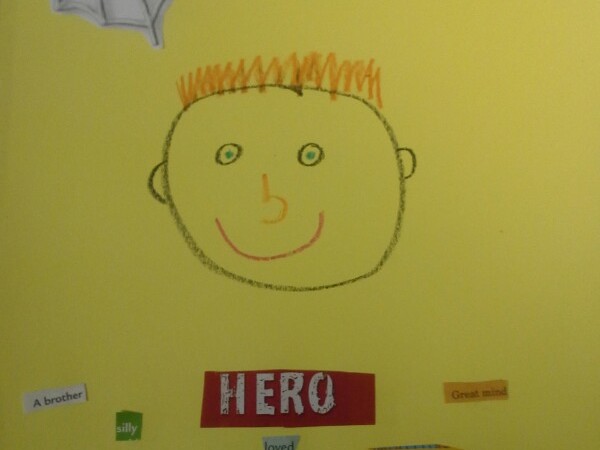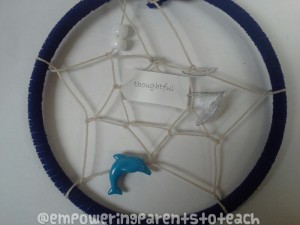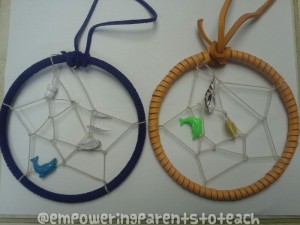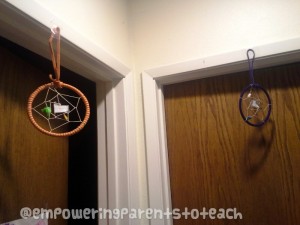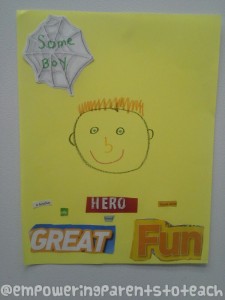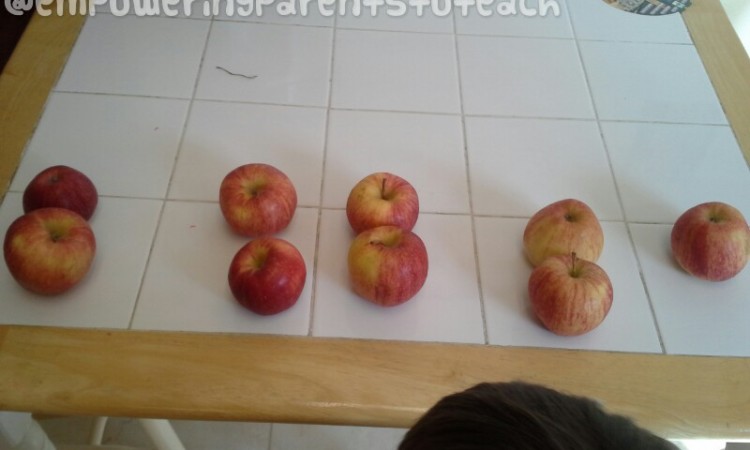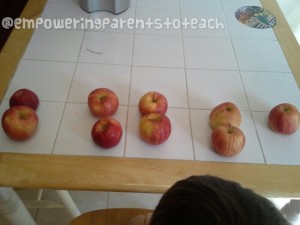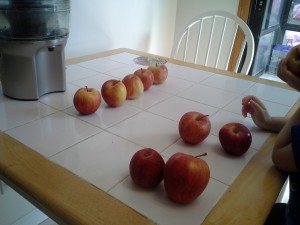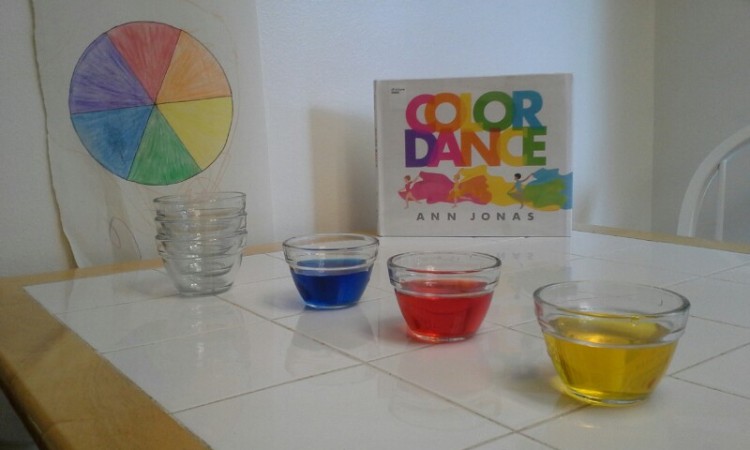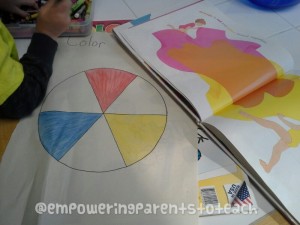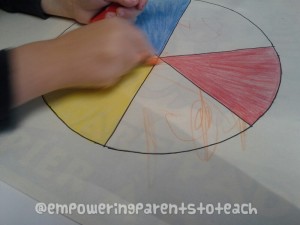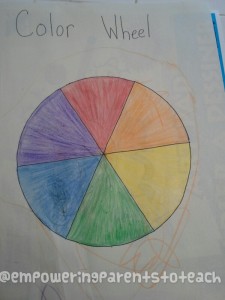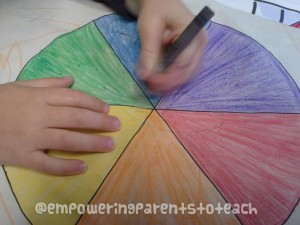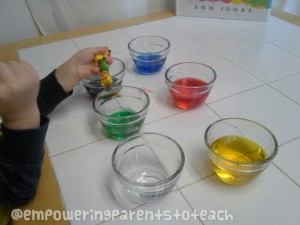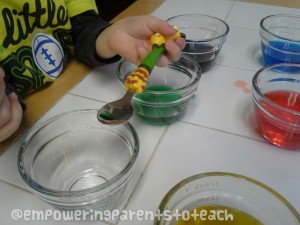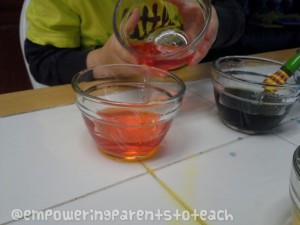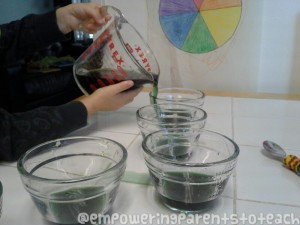The Bunnies’ Alphabet Eggs by Lisa Bassett inspired us to make our own alphabet eggs just like the little bunnies in the story.
In the story, the Easter Bunny’s eggs are ruined the day before Easter. Mr. Rabbit was watering his garden and did not realize the water was soaking through the ground and spilling into the Easter Bunny’s burrow. Noticing all the color has washed off of the eggs, the Easter Bunny begins to worry that he does not have time to make new eggs in time for the morning. Mr. Rabbit suggested that his ten children could help him make more.
While the Easter Bunny really wanted beautifully crafted eggs, the kids had another idea. They painted letters on the eggs. With very little time left, the Easter Bunny let the children paint as they pleased. In the morning he was still nervous that the children would be disappointed with the eggs since they would be expecting finely decorated ones. Instead, the children were very happy to find the letter eggs and they started spelling words with the eggs too!
Inspired by this, we decided to make some letter eggs to hide too! I made alphabet eggs simply using glitter glue on hard boiled eggs.
Squeezing that glue bottle took a lot of hand and finger strength! It made me realize that making the letters on the eggs are a wonderful fine motor skill for kids that can make the eggs themselves. To help, you can write the letter on the egg for them with a marker and they can trace over the letter with the glue.
Time to hide the eggs and find them!
There are so many ways to use the eggs:
- Find all the eggs and put them in alphabetical order
- Spell words with the letter eggs
- Sort them into vowels and consonants once they are found
- Group them together into words and hide them as a word unit
- Instead of writing letters on the eggs, write sight words!
- If you write words on them- create sentences or phrases
- Try some hands on math when you’re done- add, subtract, compare quantities, etc
- Have your child trace the glue letter with his or her finger.
The possibilities are endless. Like the Easter Bunny in the story- follow the children’s lead! Their ideas may surprise you!
Following my boys’ lead, they wanted to smash the eggs when they were done. They smashed half of them and left the other half to do experiments- my 3 year old loves making up his own experiments.
Smashing the eggs, squishing them, and peeling them is a great fine motor activity and sensory experience! They even started hitting the eggs like baseballs with the carton as a bat! You never know where this activity can lead you ![]()

